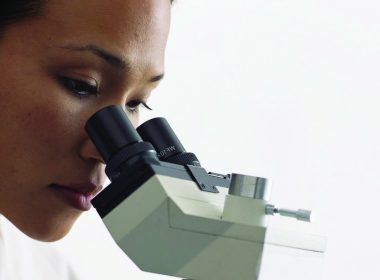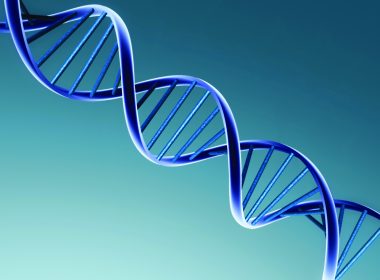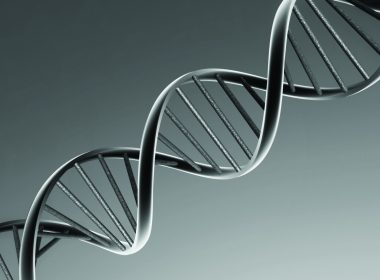Coffee is often a welcomed friend during the semester. According to folklore, the bean’s energizing properties were first discovered by an Ethiopian goat herdsman, who found his flock frolicking after eating coffee berries from nearby bushes. It’s not just goats that enjoy the effects of caffeine, however. According to the[Read More…]
Science & Technology
The latest in science and technology.
Structural study unravels mystery of how IFIT protein binds to RNA
Infectious diseases have been a terrible killer in the past, and still are today. With the development of vaccines, the discovery of antibiotics and drastic changes in public health, the human life span has increased over the past century. Yet, the threat of infectious diseases still haunts us. As an[Read More…]
Shared reality enriches human-computer interaction
Imagine arriving late to class, ears burning from the cold, and stepping over puddles and bags until you finally find a seat. As the professor lectures away, a student several rows down raises his hand. The professor, unaware, continues the lecture. After some time, the student eventually puts it down.[Read More…]
Behind the scenes at the Dent lab
The Dent Lab in the Stewart Biology building is humming with activity. Run by Dr. Joseph Dent, an associate professor and researcher at McGill University, the lab focuses on the molecular genetics of the behaviour in C. elegans, a nematode roundworm. Specifically, the lab’s research focuses on understanding the structure[Read More…]
DNA testing offers healthier future
Just before I was born, my parents consulted an astrologist to find out if I would be born healthy. Using the stars, the astrologist made predictions about my mental and physical development. Before my kids are born, I might go to a company such as 23andMe. 23andMe uses DNA sequencing[Read More…]
How does our memory work?
The human brain, composed of over 100 billion cells, is a natural work of art. Groups of brain cells, called neurons, and their synapses—the gaps in between them—are the functional units of the brain that allow us to store memories. While these cells are responsible for what we remember, what[Read More…]
When Mendel meets Darwin
First there was Darwin, who published the revolutionary On the Origin of Species in 1859, introducing the world to the theory of natural selection. According to this theory, genetic variations arise as adaptions to differential environments, where any profitable traits that incur a survival advantage are selected for and preserved[Read More…]
Touchscreens
Touchscreens have revolutionized the way we interact with digital devices. The most important attribute they have brought to the user experience is the reduction in the learning curve of operating a device. A simple tap on the screen can trigger commands that would have otherwise been complicated with a mouse[Read More…]
A sonnet stored in DNA would sound as sweet
DNA has an incredible capability to store information. Now, thanks to a simple cipher, DNA can be manipulated to act as a storage system for digital data. The importance of archiving data holds significantly more relevance in today’s world, where information is generated at an increasing pace. From GDP economic[Read More…]
Does chocolate make you smarter?
As it becomes increasingly difficult to find a seat at McLennan, it’s clear midterms are fully underway at McGill. Although these tests make up less of our grades than finals, many students will do whatever it takes to perform well. Tactics range from taking up residence in the library to[Read More…]










